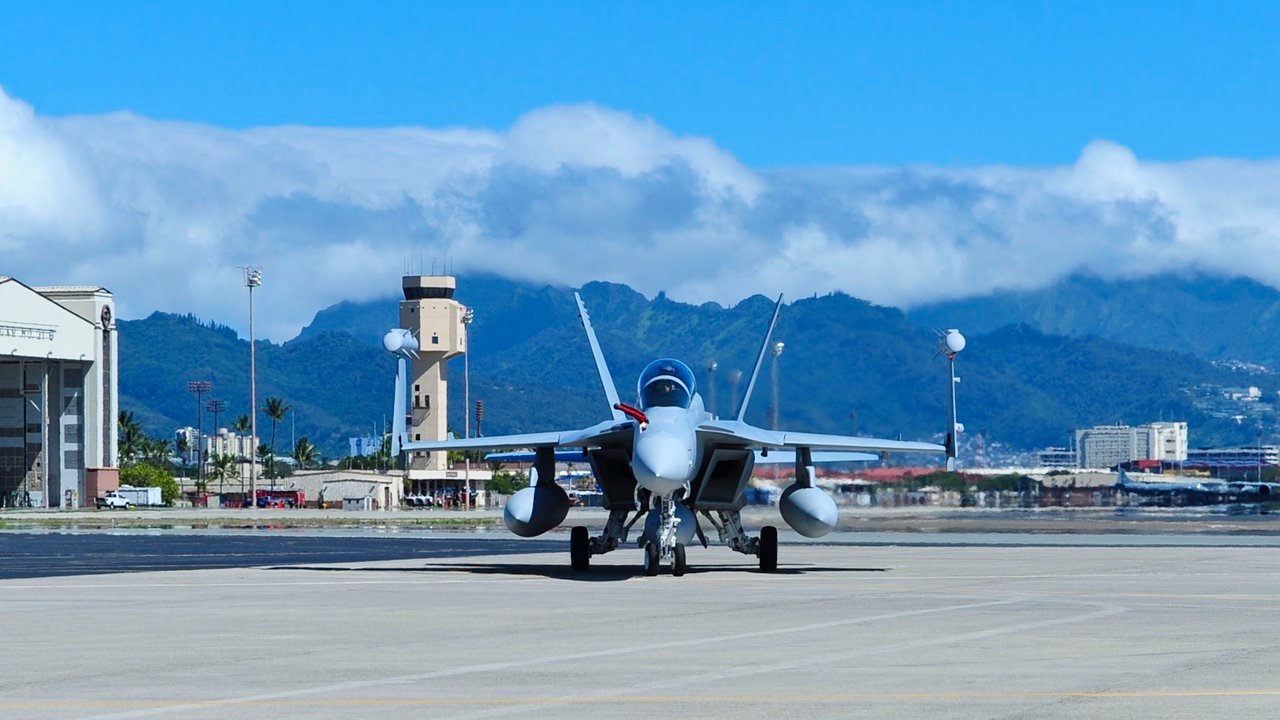The U.S. military seems to have reached a critical point at which its training accidents are becoming more serious than they’ve ever been.
An EA-18G Growler electronic warfare (EW) jet crashed on Wednesday while it was on its final approach to land at Naval Air Station (NAS) North Island, off San Diego Bay. This marks the second EA-18G Growler to crash in such a spectacular way in five months. In the intervening months, of course, there was the tragedy in Washington, D.C., in which a United States Army Black Hawk collided with a regional passenger jet on its final approach to Reagan National Airport, killing all 67 passengers on the plane and the three soldiers on the helicopter.
It’s important to remember that between 2006 and 2020, 5,605 servicemembers from across the United States military died in training accidents. Elizabeth Howe of Audacity.com assessed that these numbers accounted for “32% of all reported active-duty military deaths for that time period and is double the percentage of troops killed in action.”
A History of Concern
Back in 2022, the United States Congress became so concerned about the rate of accidental deaths in the U.S. military they did a study on it. Congress found that, “in just six years, ‘mishaps’ in training flights or routine missions killed 198 service members and civilians, destroyed 157 aircraft, and cost taxpayers $9.41 billion.”
In October of last year, an EA-18G being piloted by Naval aviator Lt. Serena Wileman, 31, and naval flight officer Lt. Cmdr. Lyndsay Evans, 31, crashed in Washington State. Wileman and Evans died in the crash; both were experienced operators with a long track record of combat operations.
Unlike the crash in October, the two aviators who went down in their EA-18G Growler in San Diego Bay not only managed to eject, but they survived without any serious injuries. But the loss of the plane itself is a costly matter. It is a $67 million bird built by Boeing. In the case of the fatal October crash in Washington, the military has yet to release its official investigation report detailing what they think occurred to cause the crash.
The San Diego Incident
Of course, the incident in San Diego just occurred, so it will be a long time before the military has a report compiled on the matter.
Here’s what’s known about the San Diego incident. At around 10:15 am Pacific Time, as the EA-18G was coming in for a landing at NAS North Island, something occurred that prompted the aviators on the Growler to eject. The plane crashed into the ocean, while the two aviators safely landed in the drink. A local civilian boat retrieved the two aviators, who were then transferred over to a Customs and Border Patrol (CBP) boat and taken to receive medical care.
Naval Safety?
Naval Safety and Command has data from 2014-2024 about what they call “Class A Flight Mishaps (for Manned Aircraft Only).” A “Class A Flight Mishap” is a “Fatality or permanent total disability that resulted from a reportable injury or illness; or, a total cost of damages for DoD or non-DoD property of $2.5 million or more.”
According to the bean counters at the Naval Safety and Command group, the total mishap number increased from seven incidents in 2023 to 11 in 2024. Going further, the “mishap rate” from 2020-24 shows a significant rise in Class A mishaps among the U.S. Navy’s manned aircraft. In fact, the rate spikes between 2023 and 2024.
Similar trends can be seen in the Navy’s mishap rates for their warships and submarines.
What is To Be Done?
Something is happening with the United States military where all these accidents keep piling up. No one can determine exactly what brought the EA-18G Growler over the San Diego Bay. What we know, though, is this was hardly the first expensive U.S. military platform to crash-and-burn the way it did. Secretary of Defense Pete Hegseth should conduct a Pentagon-wide review of best standards and practices in terms of maintaining expensive, complex platforms and the training of those crews charged with operating and caring for those platforms.
The U.S. military seems to have reached a critical point at which its training accidents are becoming more serious than they’ve ever been. It will take a real reversal in policies at the Pentagon to fix this problem.
About the Author: Brandon J. Weichert
Brandon J. Weichert, a Senior National Security Editor at The National Interest as well as a Senior Fellow at the Center for the National Interest, and a contributor at Popular Mechanics, consults regularly with various government institutions and private organizations on geopolitical issues. Weichert’s writings have appeared in multiple publications, including the Washington Times, National Review, The American Spectator, MSN, the Asia Times, and countless others. His books include Winning Space: How America Remains a Superpower, Biohacked: China’s Race to Control Life, and The Shadow War: Iran’s Quest for Supremacy. His newest book, A Disaster of Our Own Making: How the West Lost Ukraine is available for purchase wherever books are sold. He can be followed via Twitter @WeTheBrandon.
Image: Wikimedia Commons.
